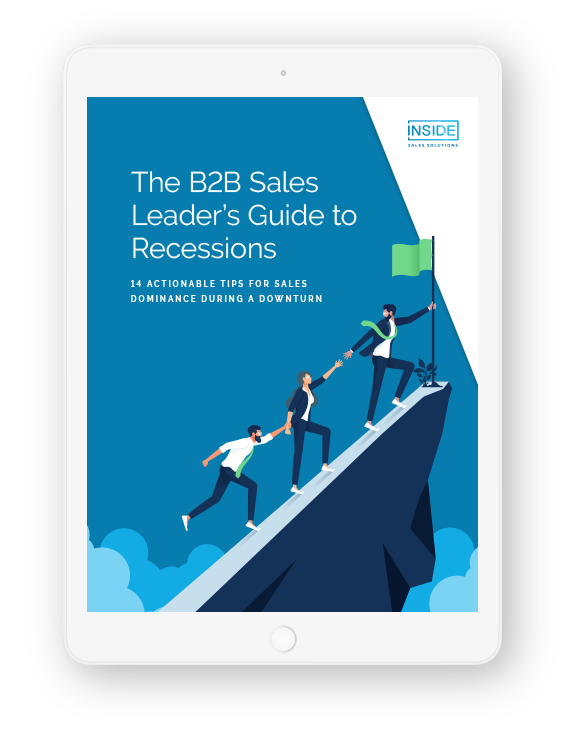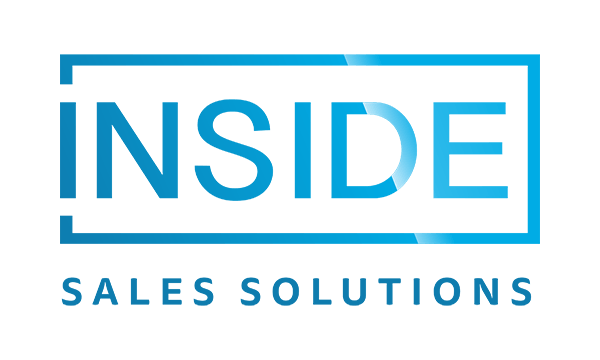Hi FirstName!
Oh no, not the dreaded “Hi FirstName.” We can feel your eyes rolling, we’re already off on the wrong foot, aren’t we? If this were an email, it would be making a beeline for your trash folder.
As a prospective customer in someone’s sales funnel, no doubt we’ve all been greeted this way before. And in an instant, we know that what was supposed to come across as a “personalized” message just for us — was in fact sent to thousands of others. Oh, the irony.
It’s just one of quite a few downsides to automating your sales, yet sales leaders continue to rely on sales automation for much of their process. Why? Because while there are risks and dangers, sales automation does make sense in many circumstances and comes with a bevy of benefits, like:
- Increased productivity and performance of your sales reps
- Acceleration of your sales process
- More defined, streamlined, and efficient sales tasks
- Faster/immediate response times
- Accurate and consistent sales data across your organization
Get the Ultimate Guide to Maximizing Channel Sales
What You Should Automate
There are many common (sometimes even menial and mundane) tasks that sales teams do on a regular (daily, weekly, monthly) basis. For sales reps and managers looking to get a better handle on some of those tasks through automation, start by looking at the emails your business sends out regularly:
- Initial thank you emails after you’ve collected a new lead
- Confirmation emails
- Final emails to prospects who haven’t moved through the funnel and have gone cold
These are all great candidates for the types of messages that can be identical across the board, and automating can save countless hours in crafting and sending the same notes over and over. Studies show that sales reps spend nearly a quarter of their day (21%) on emails, so the more you can automate without missing opportunities to make a personal connection, the better.
Sales reps spend nearly a quarter of their day on emails.
Source: EmailAnalytics
Other areas of your sales routine that are ripe for automation include:
- Meeting scheduling: Tools like Calendly allow reps to simply set their availability and share a meeting scheduling link with prospects and customers, who then select a day/time that works for them. The ability to have meetings automatically added to your calendar can save a lot of time when you’re scheduling and attending dozens of meetings a week.
- Prospect research: Hitting your lead gen, sales, and revenue goals by working with a stack of index cards like they did in the Glengarry Glen Ross office isn’t going to be very effective these days. Cloud-based lead generation tools like ZoomInfo are transforming the way sales teams prospect by giving them access to a robust database of names, titles, phone numbers, and emails.
- Docs and signatures: Hand-signing, printing, and faxing documents is so 20th Solutions like PandaDoc and Proposify are automation lifesavers for many sales teams looking to streamline their proposal workflow and close more deals.
With so many great sales automation tools and so much opportunity to streamline and simplify the sales process, it can be tempting to automate it all.
Beware, though, as we all know what they say about having too much of a good thing…
What You Should Not Automate
Now that we’ve established a little bit about what can be effectively automated throughout your sales process, let’s circle back to where we started and dive a little deeper into the dangers of sales automation. For starters, here are a few things you should never automate:
Don’t automate complex sales conversations.
In the world of B2B tech sales in particular, much of the sales process is complex. Or at the very least it’s nuanced and specific. Businesses of different sizes have unique circumstances and fixed budgets. And so there comes a time in every sales process where you’ll really need to understand and communicate the needs, concerns, and pain points of your potential customers.
This level of prospect-specific customization can’t be accomplished with prefabricated email templates triggered to auto send.
Don’t automate the human element.
It may sound obvious, but if you’re at a point where making a real connection with a prospect is critical, automation should never be an option. Mass-produced messaging isn’t very hard to spot (even without the “Hi FirstName” snafu), so any situation that requires genuine one-to-one outreach should be just that — an authentic message expressly written for the recipient.
A rote, robotic sounding email will turn your prospect off and likely eliminate your chances for conversion immediately.
In the end, salespeople are in sales because they love interacting with people on a personal level. They possess certain traits that make them great communicators and persuaders: they’re sincere, attentive, inquisitive, empathetic, and relatable. All things that can easily get lost with sales automation.
Don’t automate demos.
Can sales demos be time consuming and repetitive? Yes. Does that mean you should consider automating them through pre-produced videos or webinars? Absolutely not.
Demos often happen at a critical stage of the sales process, and while automating such a task may be tempting, it’s not a good idea. Because demos are a key moment in your pipeline, they are a great opportunity to really build relationships with potential customers. Chances are they will have questions. They will want to know how your software or service can be customized to their needs and objectives. Many variables come up during a demo that simply can’t be solved through automation.
The 5 Risks of Sales Automation
- Mistakes become amplified. Automation can easily make a one-off mistake apply to thousands of your next best customers.
- You lose real personalization. Automating low level and low complexity messaging can be done right, but is often done without any thought being given to real personalization.
- System bugs can and will happen. You setup your pre-loaded templates to go out every 7 days, but now your prospects just received all of your cadenced emails in one shot — it’s been known to happen and it’s not a good look.
- You cast too wide of a net. When you go down the path of mass sales automation, all your messaging becomes broad, watered down, and misses the mark with a large segment of your prospects. Sometimes, what one customer loves about your service, another couldn’t care less about.
- You lose authenticity. When you don’t get the chance to tap into any real compelling research on the prospect and answer the elusive “what’s in it for me?” for each one, the odds of your making a connection and engaging the prospect become diminished. Most brands cater to several personas with different challenges and buying triggers…they should be communicated with on their terms, and that’s not easy with automation.
Finding the Perfect Mix
Sales automation can save teams time and money, there’s no doubt about it. But as we’ve established, finding the right balance is essential — automate too much and your prospects will know they’re being rammed through a mindless maze of trite inhuman jargon.
By outsourcing your sales development with those who have mastered both how and when to deploy the perfect mix of live and automated sales techniques, your business can achieve scale with a healthy and happy pipeline of prospects.
Considering Outsourced Sales Development?
Take a peak at how B2B sales teams can overcome economic uncertainty.


